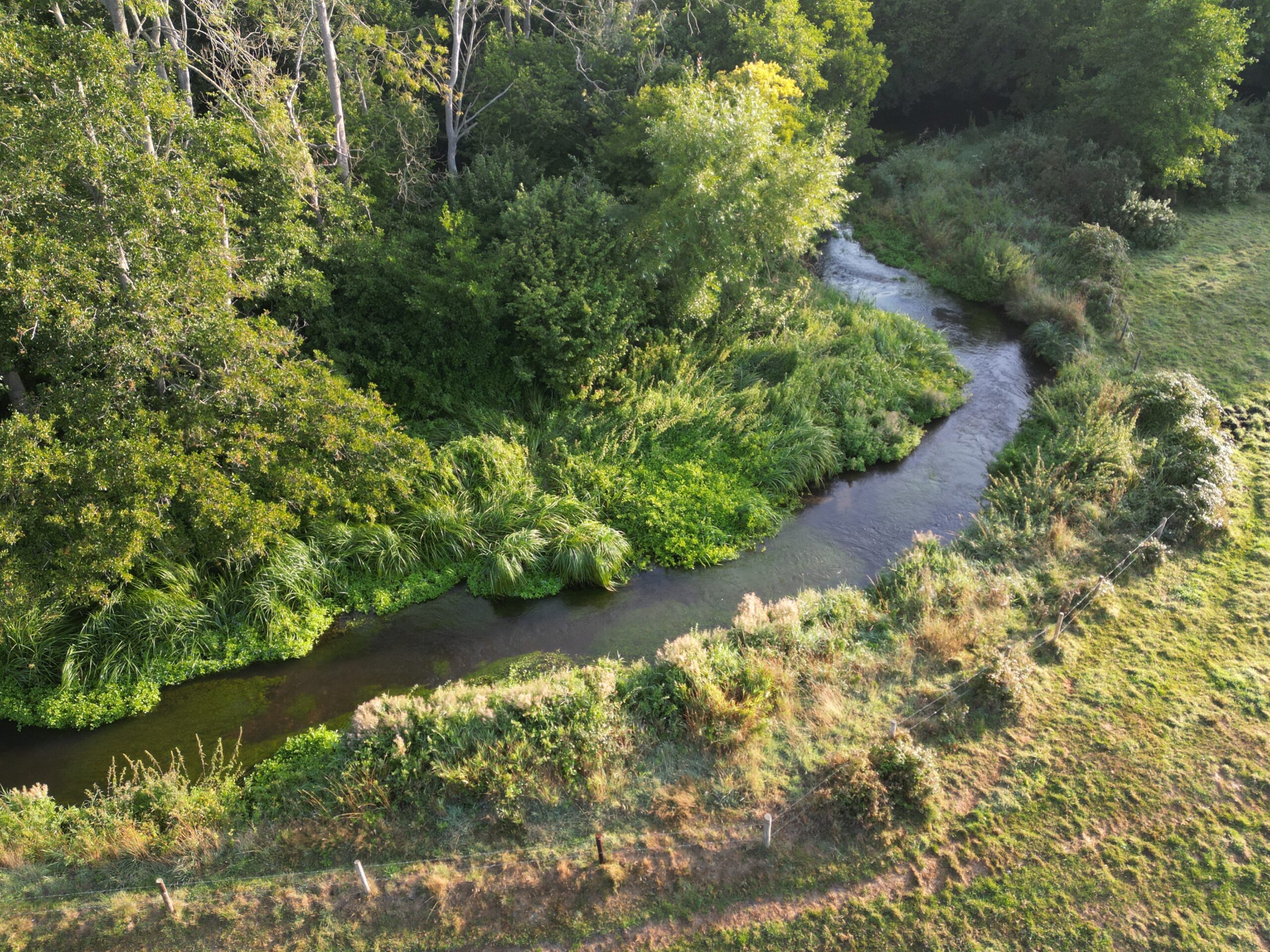Extraordinary Chalk Streams: A Volunteer’s Account of Their Value
Wednesday June 26th, 2024
Across the south of England, you can find wonderful sources of crystal-clear water better known as chalk streams.
They are globally rare, with only 200 in the world, and approximately 25 flow through Norfolk.
Chalk streams arise from vast underground aquifers, where rainfall accumulates over time and penetrates through cracks and fissures to produce sparkling cool water enriched by nutrients, creating an ideal ecosystem for precious flora and fauna.
Stream water-crowfoot, starwort, iris, marsh marigold, and a host of other unique plants all flourish in this supportive environment, providing food for ducks and moorhens, swallows and house martins.
Chalk water runs clear and cool over bright gravel and flint, providing a perfect habitat for a multitude of crustaceans and insects – crayfish, freshwater shrimp, shimmering clouds of mayfly, and of course, the much sought after brown trout.
But these streams face a myriad of challenges.
Humans have lived alongside these streams for centuries, marvelling at their bounty. However, since the second half of the 20th century, the way in which we have used these rivers has changed as the population and associated activities have grown. Abstraction for domestic, industrial and agricultural use has led to reduced flow in many cases, resulting in rises in water temperature and concentration of pollutants, causing the whole system to suffer.
Chalk streams are rivers on the edge, and what is badly needed is more reliable data….data that can inform debate about remedies and point to an agreed and viable way forward. Better data is the secret to future recovery.
This is the commitment of the CaSTCo project at the Norfolk Rivers Trust. They believe that it is possible for humans and nature to exist side by side and thrive. But importantly, they require constant and reliable data to properly inform future decisions. This is where you come in. They train volunteers to be Citizen Scientists to gather the needed data to make the best decisions to protect and restore this rare habitat.
If you care about the natural environment and want a vibrant river ecosystem at the heart of our landscape, please help — come and join us.
By Barry Cox






